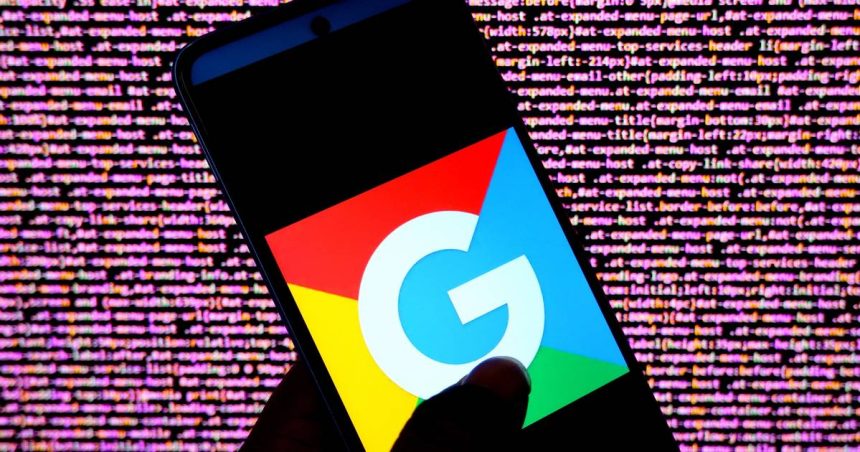Get marketing news you’ll actually want to read
The email newsletter guaranteed to bring you the latest stories shaping the marketing and advertising world, like only the Brew can.
Google is rolling out a new policy called Limited Ads Serving in an effort to reduce misleading advertisements across its platforms.
Under the policy, new advertisers will be subject to a “get-to-know-you period,” during which their ad impressions may be limited as Google familiarizes itself with the advertiser. Google will evaluate user feedback, past adherence to advertising policies, and whether the advertiser completed Google’s Advertiser Identity Verification process to determine whether and when new advertisers can expand its reach.
“Imagine someone is looking to book their next trip and searches for their favorite airline’s flights to San Francisco. Under this new approach, the vast majority of ads they see related to that search would be from…advertisers with a history of policy compliance and transparency,” Alejandro Borgia, director of product management for ads safety, explained in a post about the new policy. “Advertisers without this record of good behavior might have their impressions limited.”
The new policy will, for now, affect only those new advertisers who target certain brands in campaigns. Google will notify advertisers if they have been “meaningfully impacted” by the policy, and will provide guidance on how to become a qualified advertiser.
The debut of Limited Ads Serving comes weeks after Google-owned YouTube came under fire for allegedly serving adult ads on “made for kids” channels, meaning that “leading tech companies could have tracked children across the internet,” per the NYT. Dan Taylor, Google’s VP of global ads called the report “deeply flawed” in a blog post. It’s not the only headline about Google’s ad platform this summer. In July, a separate Adalytics report alleged that Google “violated its promised standards when placing video ads on other websites,” per the WSJ, a charge that the company refuted.
Read the full article here










